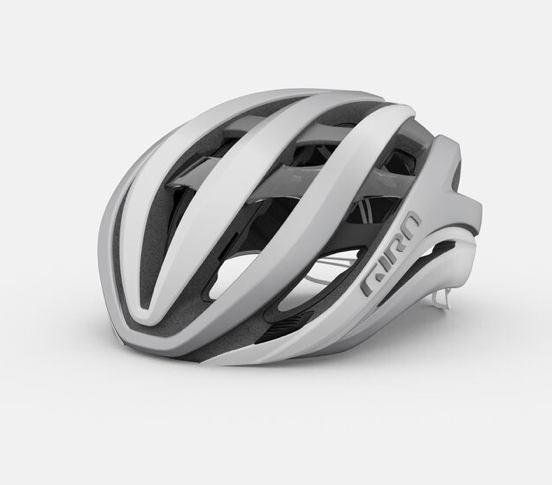From DiscoverMagazine.com
By Rena Kingery
Medical research supports the personal use of a bike helmet to protect from serious head trauma and traumatic brain injuries. But mandatory helmet laws are a more complicated matter among bicycle advocates.
With the arrival of summer, many people have swept the cobwebs from their garage-bound bicycles and taken to the roads and trails with their pedal-powered transit, and likely, a protective helmet for their head. But can this hard cover for your skull truly protect you from injury and death in a crash? Mounting research says yes, reinforcing the idea that it’s best to dust off that helmet and don the lid as you hit the streets.
According to the Centers for Disease Control and Prevention (CDC), injuries to the noggin occur in one out of three cyclists who are involved in non-fatal accidents; and trauma to the head poses the greatest risk of disability and death for bikers. One CDC study found that bicycling resulted in the highest number of sports-related traumatic brain injuries, or TBIs. You or someone you know may have experienced a mild TBI known as a concussion. Generally, people fully recover from concussions, but moderate and severe TBIs can cause lasting health consequences and death, especially for children.
Helmets Save Lives
While helmets don’t protect against concussions, they have consistently proven to reduce severe head injury and death for cyclists. In a meta-analysis that reviewed more than 100,000 crashes involving cyclists, a Norwegian researcher showed that helmets reduced the risk for serious head injury in riders by 60 percent. Another analysis of 6,267 patients admitted to hospitals for brain hemorrhaging after bicycle accidents found that those wearing helmets had a 51 percent lower risk of developing a severe TBI and had an overall lower mortality rate.
Image courtesy of Giro
Read More



